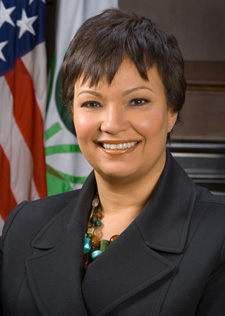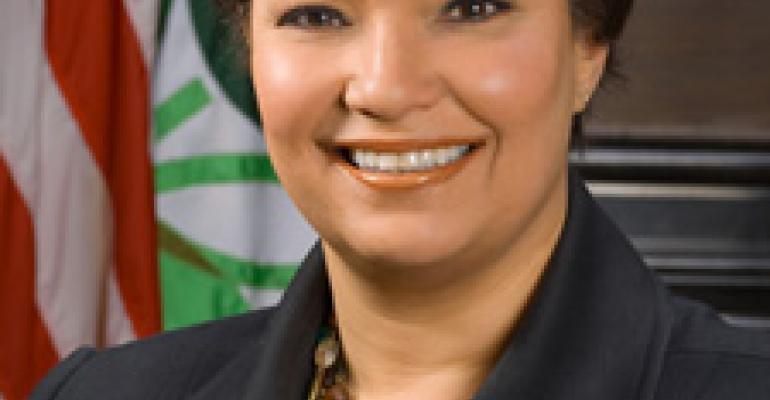
The Obama Admin. today releases its formal plan to raise U.S. fuel-economy standards to 54.5 mpg (4.3 L/100 km) by 2025, a program expected to require billions of dollars in research-and-development spending by auto makers and result in a supply-sector boom.
The Center for Automotive Research in Ann Arbor, MI, has pegged auto makers’ investment in meeting the rules at $150 billion, or roughly three times what it will cost them to achieve a standard of 35.5 mpg (6.6 L/100 km) by 2016 currently taking effect.

Makers of lightweight materials stand to benefit most, says John German of the International Council on Clean Transportation and former environmental specialist at Chrysler, Honda and the U.S. Environmental Protection Agency.
“There is a revolution coming in lightweight materials,” German says, citing computer-aided design as the key enabler.
Today’s computer software can simulate the integration of lightweight parts – how they might affect safety or noise, vibration and handling, for example – without building costly prototypes, he says.
Achieving weight savings, in other words, is offset by development costs.
“We’re starting to see the ability to optimize the design of every part and let the computer figure out how they interact,” German tells WardsAuto in a recent interview. “It’s a whole new world, and we’re going to see major reduction in vehicle weight in the future.”
As a result, expect more companies and more jobs across the supply sector, says Zoe Lipman, senior manager-Global Warming and Transportation Solutions at the National Wildlife Federation.
According to a study conducted in August by the NWF, the Natural Resources Defense Council and the United Auto Workers union, 300 companies in 43 states and the District of Columbia are creating technologies aimed at improving fuel economy and reducing carbon-dioxide emissions.
“You’ve got new, entrepreneurial companies in the supply chain coming up in California, Michigan and Ohio, and then the classic Tier One suppliers – they clearly stand to benefit,” Lipman says.
The hike to 35.5 mpg by 2016, which began with the ’12 model year, is expected to create up to 120,000 new jobs.
Ceres, a coalition of investors and consumer groups, expects reaching the 54.5 mpg benchmark by 2025 ultimately will create 434,000 jobs.
Addressing the rules today, EPA Administrator Lisa Jackson calls the latest set of rules “achievable and cost-effective.”
The move is expected to save Americans $1.7 trillion at the pump and by 2025 reduce U.S. oil consumption by 2.2 million barrels per day. The new rules also will reduce CO2 emissions by 6.6 million tons (6 billion t), she says.
Jackson says in a conference call with journalists today the long lead time on meeting the fuel-economy standards give auto makers time to make accurate future product decisions.
However, the nation’s new-car dealers continue to express concern over the fuel-economy rules, saying they will add an estimated $3,000 to the cost of a vehicle. They also could mean smaller cars, the National Automobile Dealers Assn. says.
“This policy is contrary to what most consumers are actually buying today, despite the wide availability of more fuel-efficient models,” the group says in a statement. “We need fuel-economy policies that encourage the sales of fuel-efficient vehicles, instead of risky mandates that frustrate consumer demand and depress fleet turnover.”
There also appears to be questions about how closely California, which traditionally has set its own emissions rules, will follow the national standard. The state’s regulators agreed to as much earlier this year, but their proposal for tailpipe emissions for 2017-2025 will not come until Dec. 7.
Mary Nichols, chairman of the California Air Resources Board, says the state’s package is somewhat different from the federal one.
“We waited for EPA and (the National Highway Traffic Safety Admin.) to go through with theirs first to make sure we were absolutely tracking all the details. But we’re also adding in our own zero-emission-vehicle mandate and our own lead-emission standards,” Nichols tells WardsAuto on the floor of the Los Angeles Auto Show.
EPA Assistant Administrator Gina McCarthy says during the conference call, “We’re confident that (California regulators) have aligned with us and we will, in the end, have a national program.”
–with Christie Schweinsberg in Los Angeles





